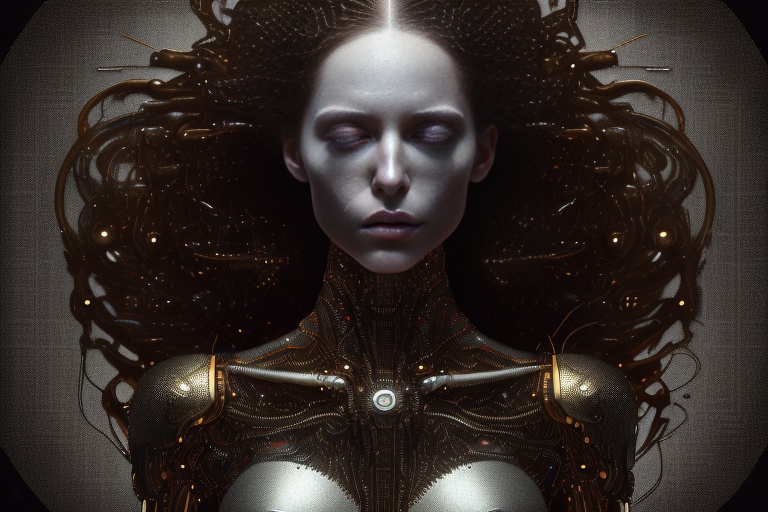The incorporation of artificial intelligence (AI) into radiology marks an exciting era of technological transformation. As the capacities of AI grow, radiologists are standing at the cusp of a new revolution in medical imaging and patient diagnosis. Radiologists who welcome and utilize AI technology are set to gain considerable advantages in their field. This adoption, however, is not without its trials. At the heart of these challenges lies the accuracy of AI algorithms—a crucial factor when dealing with the complexities of human health.
The incorporation of artificial intelligence (AI) into radiology marks an exciting era of technological transformation. As the capacities of AI grow, radiologists are standing at the cusp of a new revolution in medical imaging and patient diagnosis. Radiologists who welcome and utilize AI technology are set to gain considerable advantages in their field. This adoption, however, is not without its trials. At the heart of these challenges lies the accuracy of AI algorithms—a crucial factor when dealing with the complexities of human health.
The Accuracy of AI in Radiology
While AI has demonstrated notable successes in assisting with image analysis, its precision and reliability are still under scrutiny. Radiologists must judiciously assess AI's performance, exercising caution before depending solely on AI for critical results. This careful consideration is paramount to ensuring the delivery of high-quality healthcare.
Access to Radiological Data
A fundamental element for refining AI algorithms is the access to extensive, diverse radiological datasets. These are imperative for training models to recognize and interpret an array of conditions accurately. However, the procurement of such datasets is fraught with barriers, from privacy concerns to outright scarcity. This hurdle directly impacts the pace at which AI can progress in radiology compared to other sectors.
The Enduring Role of Radiologists
Despite the advances in AI, radiologists remain indispensable to the healthcare system. They are key to providing nuanced and compassionate care—an aspect AI cannot replicate. As such, AI should be regarded as a complementary asset meant to bolster, not replace, the expertise of radiology professionals.
AI's Vast Applications
The scope of AI in radiology is incredibly broad. From assisting in disease detection to predicting patient prognoses, AI algorithms provide radiologists with a suite of tools to enhance patient care. These tools help uncover intricate patterns in imaging, which might elude the human eye, and enable earlier disease detection and more accurate diagnoses.
Automation & Efficiency
One of the most significant contributions of AI in radiology is its ability to automate the laborious tasks of image analysis and reporting. By streamlining these processes, radiologists are freed to allocate more time to complex cases that demand their deep expertise. This not only boosts workflow efficiency but also reduces the overall workload, allowing for improved patient care on a broader scale.
The Future of AI in Radiology
The journey towards fully integrated AI in radiology is ongoing, and the trajectory is optimistic. As radiologists adapt to these advancements, they solidify their place within an increasingly tech-driven healthcare environment. The promise of AI in radiology is not just in elevating the quality of medical imaging but also in its potential to profoundly enhance the outcomes of patient care.
Radiologists who embrace AI innovation will position themselves at the forefront of their field. The challenges, while significant, are part of a larger evolution that points toward a promising and transformative future for radiology. Emphasizing AI as an empowering tool for radiologists, and cultivating access to comprehensive datasets, will be critical in realizing the full potential AI holds for revolutionizing medical imaging and diagnosis.
Information for this article was gathered from the following source.

